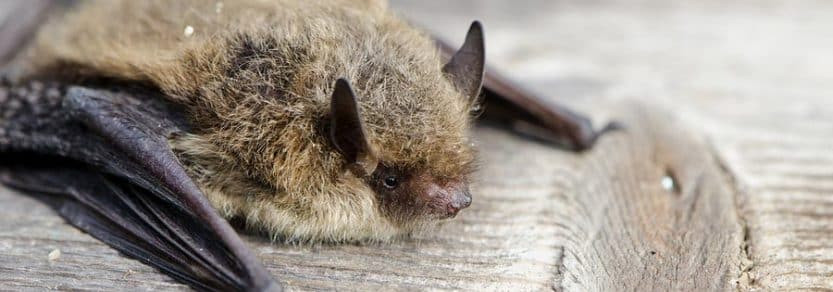Bats are an important, but often an overlooked part of many natural and urban ecosystems, as they consume nuisance insect populations such as mosquitoes and beetles that impact crops and forestry. Currently, 15 of the 18 species of bat recognized in Canada occur in BC. Some species of bats are protected under the BC Wildlife Act and the federal Species at Risk Act, which provide protection from harm or harassment. In 2014, the federal government issued an emergency listing order as Endangered for three bat species – little brown myotis, northern myotis, and tri-colored bat – due to the threat of white-nose syndrome. Although white-nose syndrome has not been detected in BC, in 2016, the first case of the disease in western North America was confirmed in Washington State. Due to the highly contagious and fatal nature of the disease, bats are receiving greater attention during environmental assessments for development projects at all levels.
ARE BATS PRESENT AT YOUR PROJECT?
One method to confirm the presence of bats is through acoustic bat monitoring. Acoustic bat monitoring involves deploying a recording unit with a microphone in areas identified as potential roosting habitat. Keystone Environmental Ltd has successfully completed acoustic bat monitoring as part of bio-inventories, species-at-risk assessments, and pre-demolition clearance surveys. The bat detector is programmed to turn on and off during periods of activity (i.e., from before sunset to after sunrise) and records bat echolocation calls, which are then analysed using an acoustic analysis software with predetermined identification capabilities. Recorded calls are assigned a probability of it being a specific species through the automatic identification software, which are then manually confirmed against reference material. The figure below shows a full spectrum sonogram, identified as the bat Yuma myotis by Wildlife Acoustic’s Kaleidoscope Pro software.

Although acoustic bat monitoring is a useful technique to determine the presence of bats within a site, confidence in identification of species needs to be confirmed by experts. The results of the acoustic analysis and field surveys are used to determine the potential risk of the project to bats and to develop recommendations to avoid or mitigate this risk. Where species-at-risk are identified as a concern through acoustic bat monitoring, additional surveys such as trapping (e.g., mist netting) and telemetry may be required to collect more comprehensive data to confirm species identity or roosting locations. Environmental DNA analysis (typically through collection of scat at a known roost) can also be used to eliminate the risk of harm or mortality associated with traditional trapping techniques, avoid schedule delays due to permitting requirements or seasonal constraints, and reduce survey costs.
For more information on bat assessments, including potential constraints to development and how Keystone Environmental Ltd. can guide you through the process, please contact Jamie Slogan at jslogan@keystoneenvironmental.ca or call 604-430-0671.

